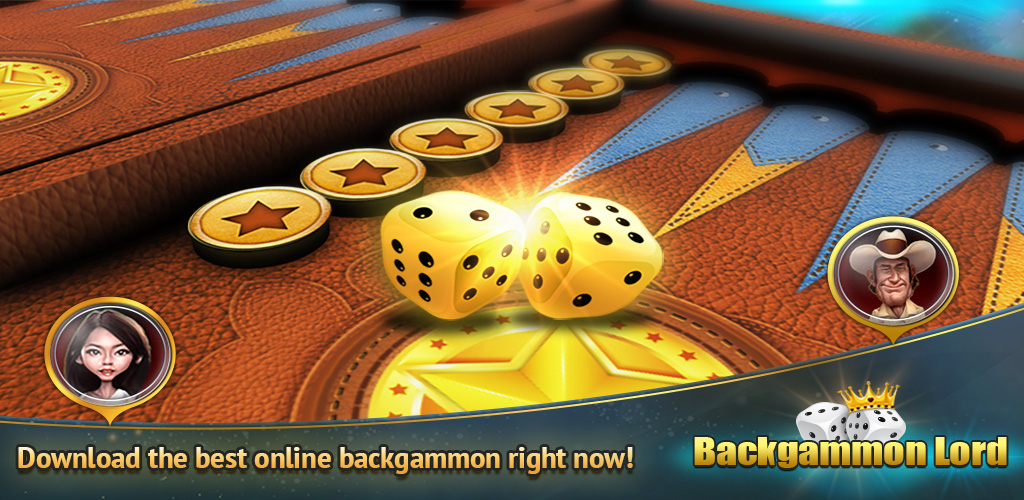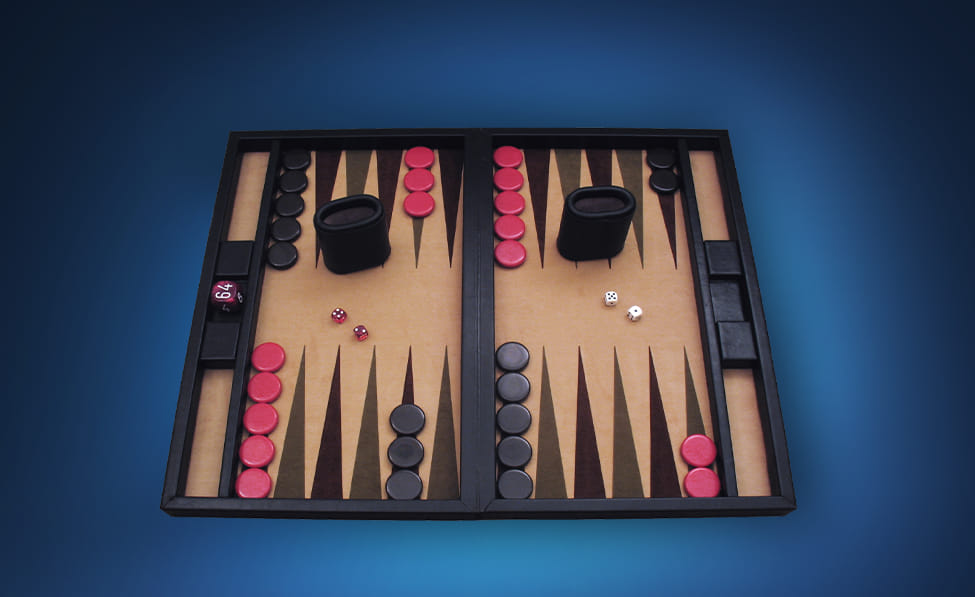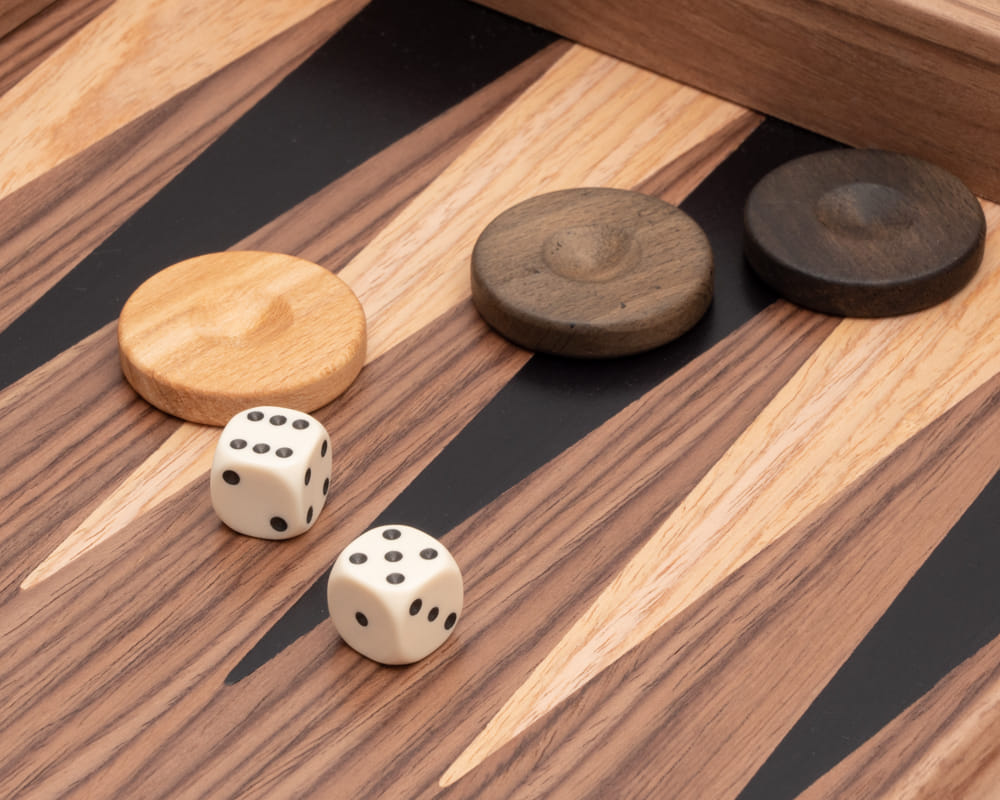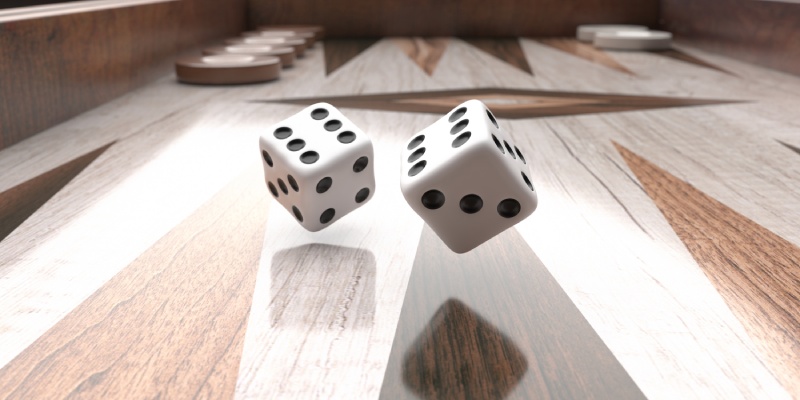In the digital age, classic board games have found a new home online, transcending physical limitations and offering enthusiasts the opportunity to engage in their favorite games anytime, anywhere. Among these games, backgammon stands as a timeless classic, and the advent of 24/7 backgammon platforms has transformed the way players experience this strategic and engaging game. This article is a comprehensive exploration of 24/7 backgammon, delving into its accessibility, gameplay variants, and the allure it holds for enthusiasts worldwide.
Understanding 24/7 Backgammon
24/7 backgammon refers to online platforms that offer round-the-clock access to the game, allowing players to engage at their convenience. These platforms cater to players of all skill levels, providing a virtual space where individuals can immerse themselves in the world of backgammon whenever they desire.
Accessibility and Convenience
The defining feature of 24/7 backgammon platforms is their accessibility. Players can log in and play at any time, eliminating the constraints imposed by physical boards or the availability of opponents. This accessibility has made backgammon a game that fits seamlessly into the busy lives of enthusiasts, fostering a consistent and engaging gaming experience.
Variants of Backgammon
24/7 backgammon platforms often offer various game variants, catering to diverse player preferences and adding depth to the gaming experience:
- Traditional Backgammon: The classic game with standard rules and gameplay.
- Hyper Backgammon: A variant played on a smaller board with fewer checkers, intensifying the pace and strategic decisions.
- Multi-Player Backgammon: Platforms may offer options for multiplayer games, enabling players to engage in matches against multiple opponents simultaneously, adding a dynamic twist to the gameplay.
- Customizable Options: Some platforms allow players to customize rules, settings, and board designs, providing a personalized gaming experience.

Engaging in 24/7 Backgammon
Getting started with 24/7 backgammon is a simple process:
- Platform Selection: Choose a reputable and user-friendly platform that suits your preferences in terms of interface, player pool, and available variants.
- Account Creation: Sign up and create an account on the selected platform, providing necessary details for registration.
- Navigating the Interface: Familiarize yourself with the platform’s layout, options, and features, including tutorials or practice modes for beginners.
- Choosing Game Variants: Experiment with different game variants available on the platform to discover your preferred style of play.
- Finding Opponents: Engage in matches with opponents of similar skill levels or challenge yourself against more experienced players to enhance your skills.
Strategies for Success in 24/7 Backgammon
Developing effective strategies is fundamental to achieving success in 24/7 backgammon:
- Understanding Probabilities: Learn about dice probabilities and their implications on strategic decisions during gameplay.
- Controlling the Board: Strategically position your checkers to control key points on the board, restricting your opponent’s movements.
- Safety Moves and Blocking: Prioritize safety moves to protect vulnerable checkers and employ blocking strategies to hinder your opponent’s progress.
- Efficient Bearing Off: Plan your moves strategically to bear off your checkers efficiently and swiftly.
- Adaptability: Be adaptable in your strategies, analyzing your opponent’s moves and adjusting your gameplay accordingly.
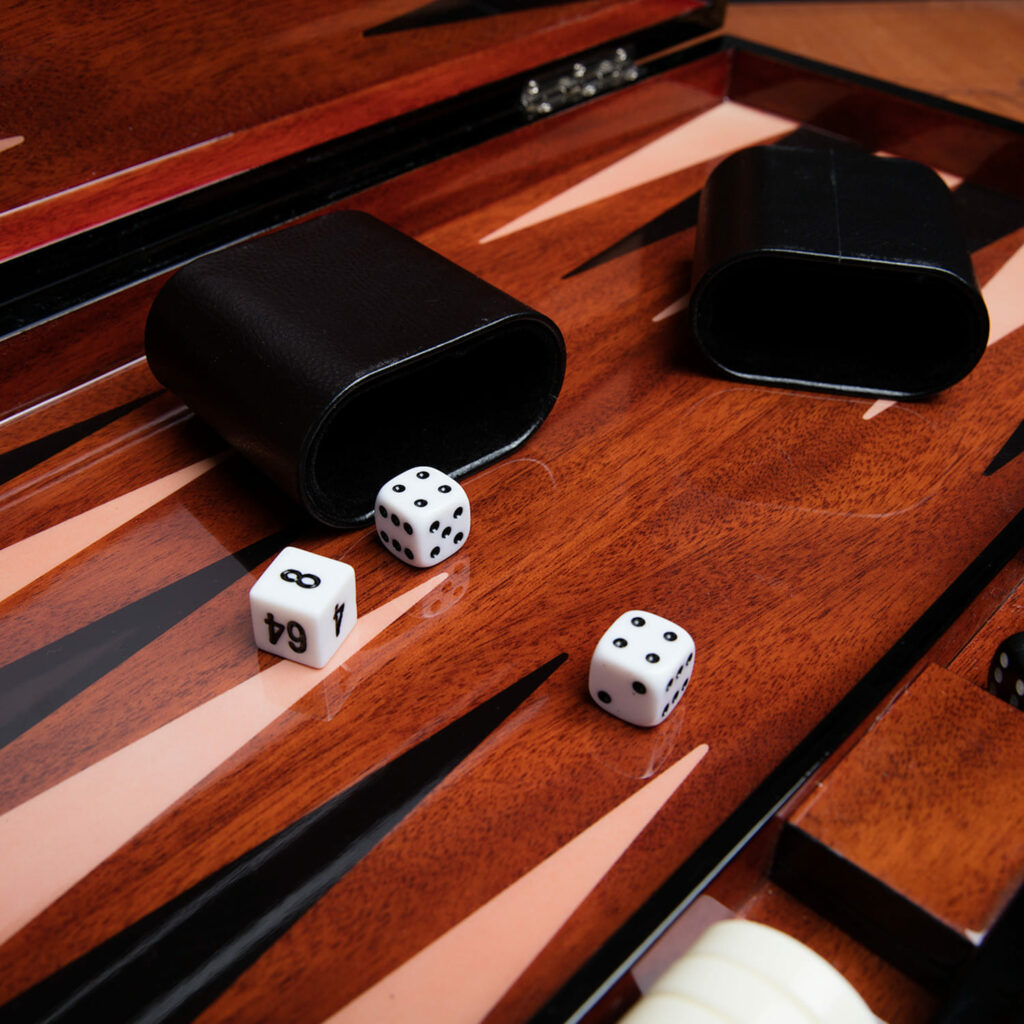
Community and Engagement
Many 24/7 backgammon platforms foster a sense of community among players:
- Chat Features and Forums: Some platforms offer chat features or forums where players can interact, discuss strategies, and form connections with fellow enthusiasts.
- Tournaments and Events: Engaging in tournaments or special events hosted by these platforms adds an element of excitement and fosters a sense of camaraderie among players.
Conclusion
The advent of 24/7 backgammon platforms has revolutionized the way enthusiasts experience this classic game. With accessibility, diverse variants, and engaging features, these platforms offer a vibrant space for players to immerse themselves in the strategic and thrilling world of backgammon. By choosing the right platform, understanding different game variants, developing effective strategies, and engaging with the community, players can elevate their backgammon experience and enjoy the timeless allure of this game, available to them 24/7.
Don’t forget that you can play backgammon online with you friends right now! All you have to do is to click on this link.
